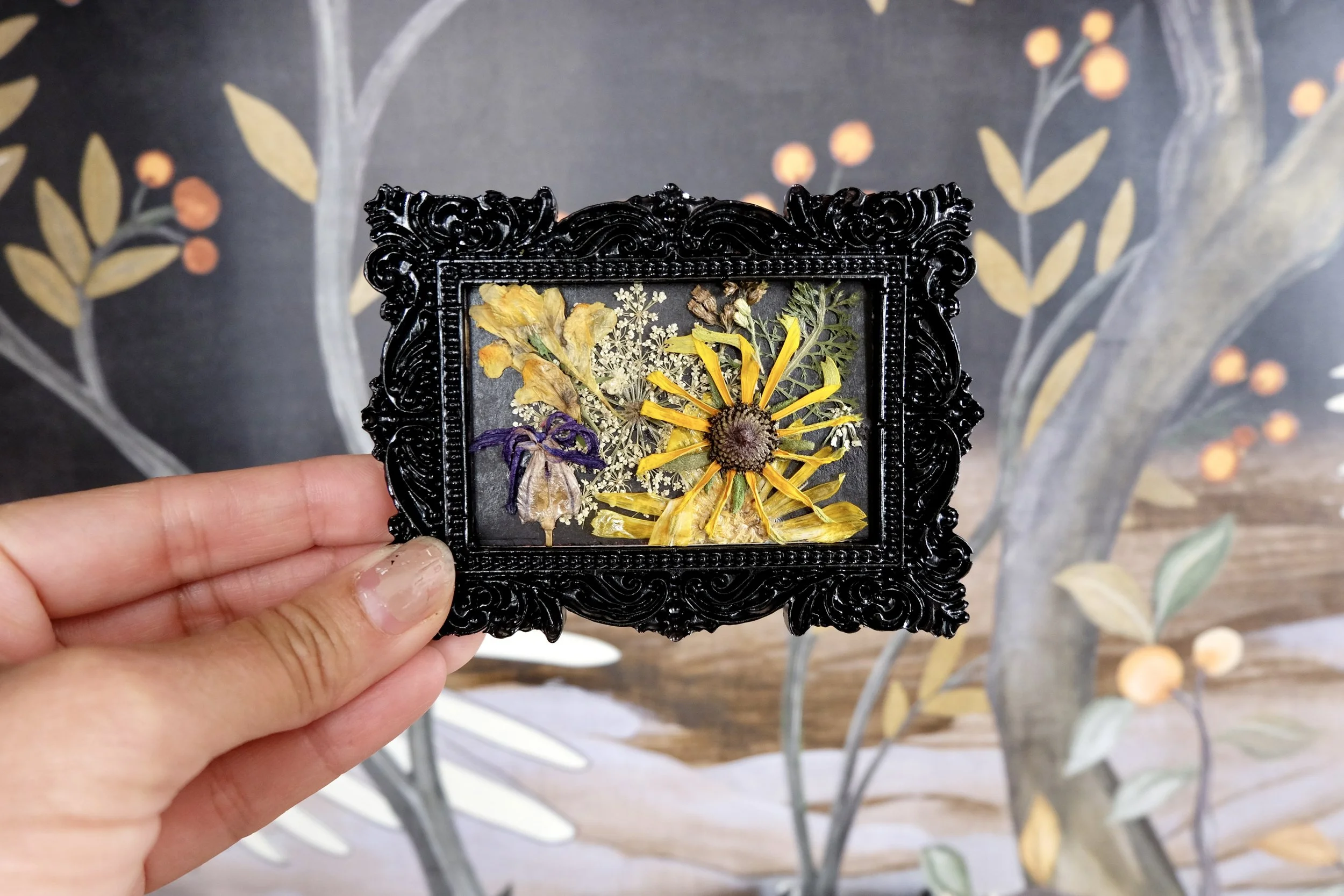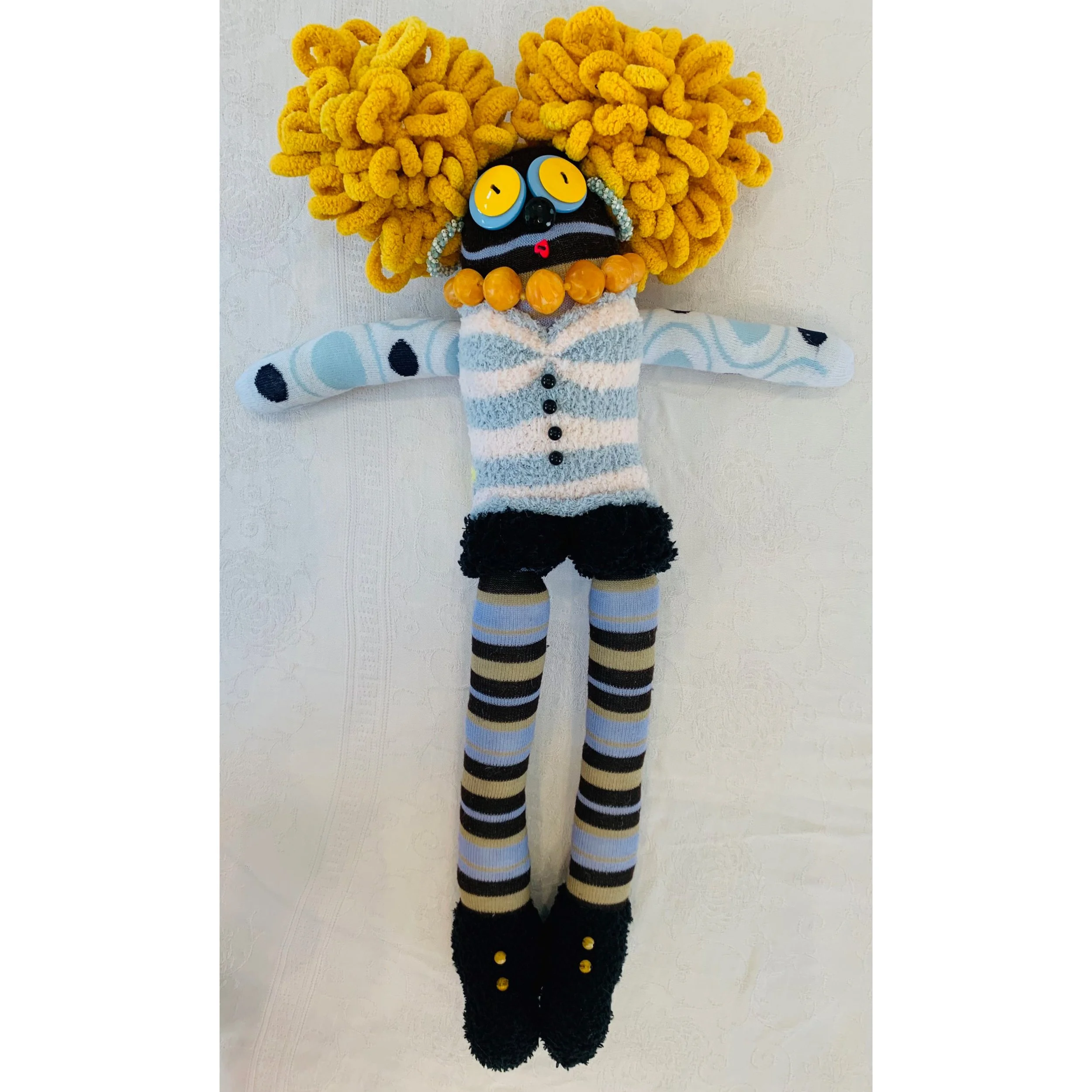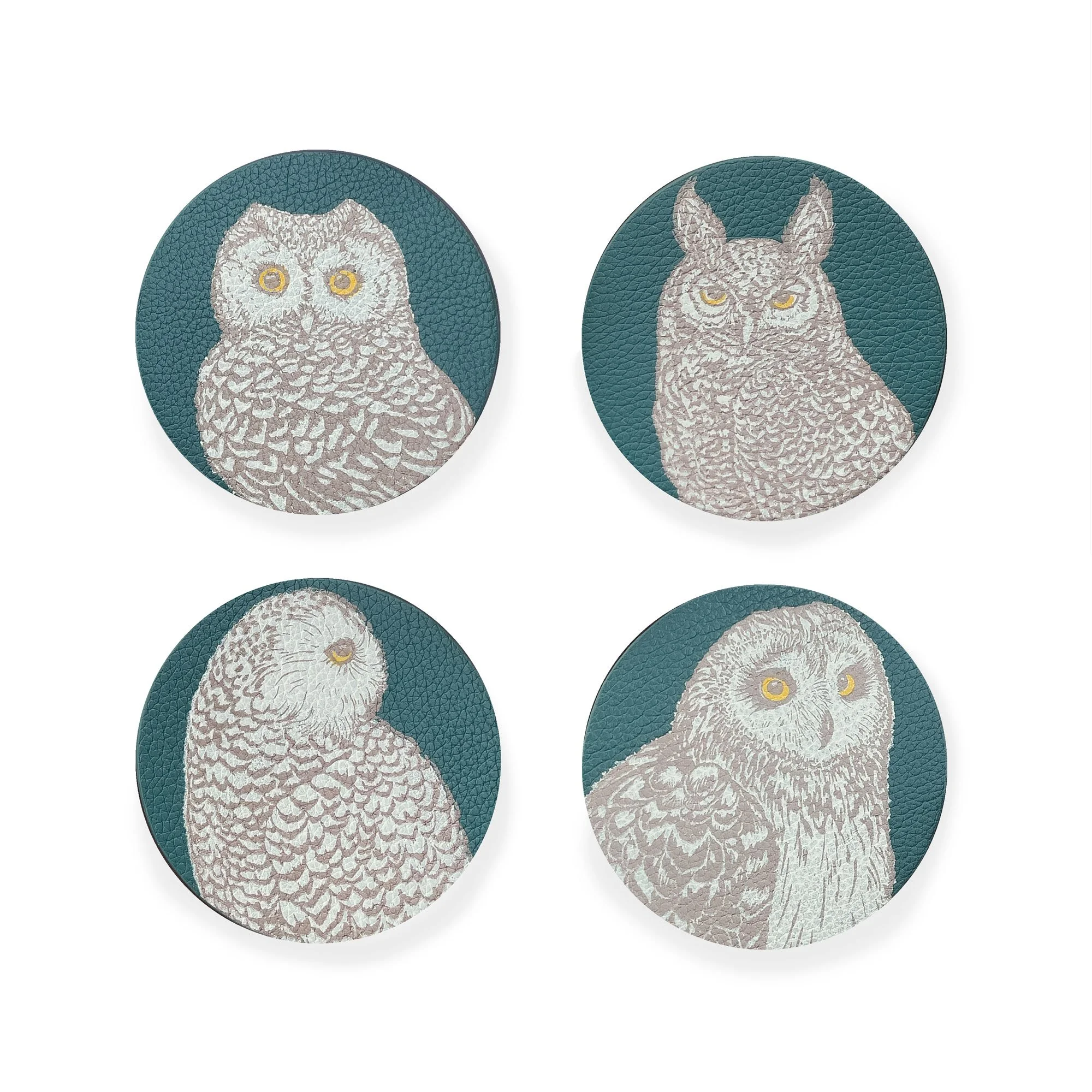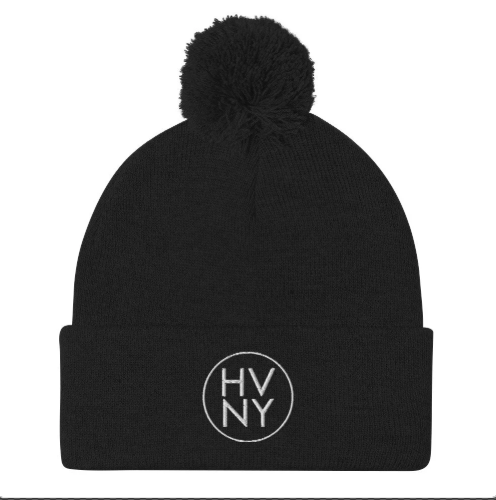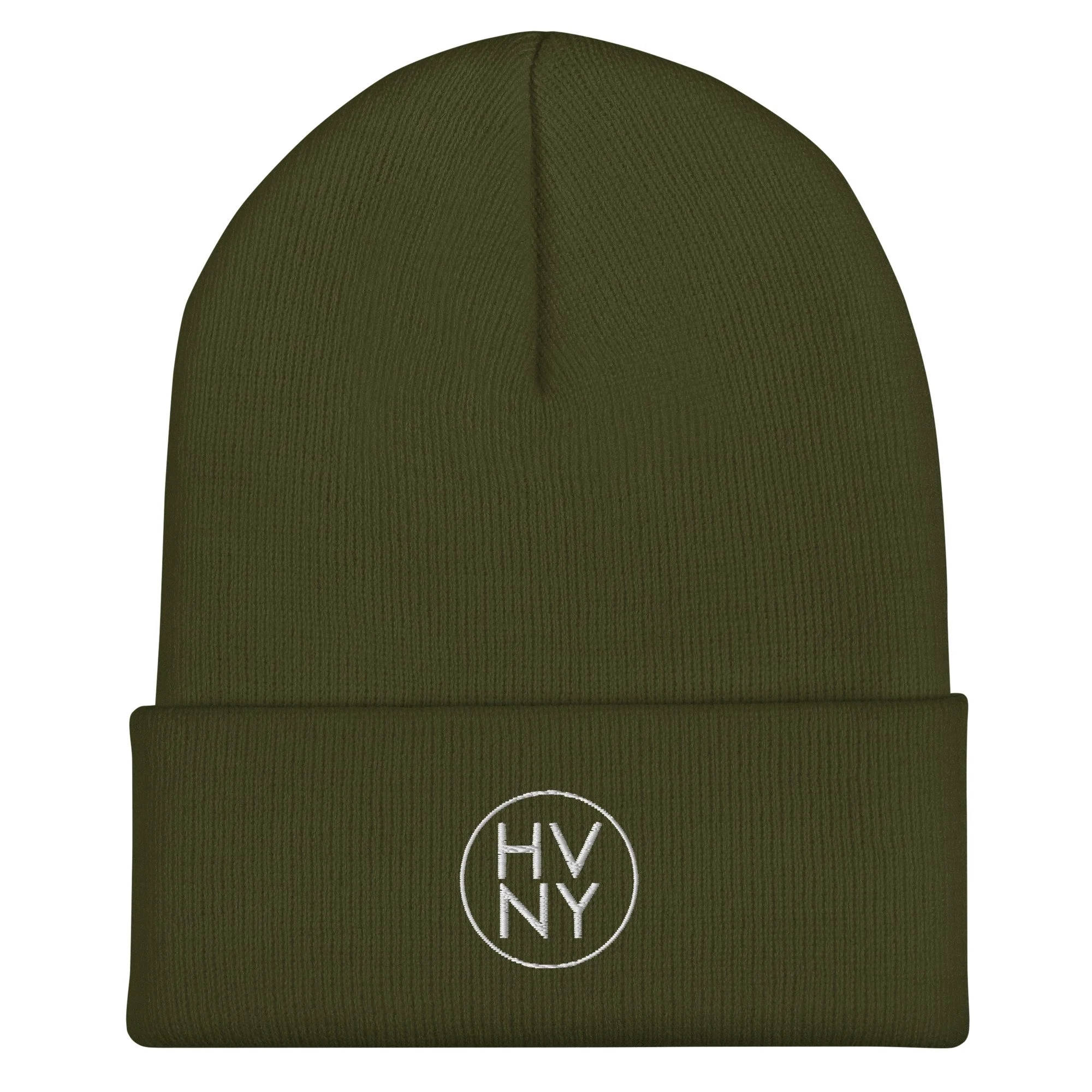Tick tips!
The Hudson Valley’s population is booming ... the tick population, that is.
Tuck your pants into your socks: May is Lyme Disease Awareness Month (but researchers say: Every season is tick season)
by niki@hvny.info
Every day I walk our two big ol’ furry dogs through acres of wild meadow fields in the Dutchess County countryside. Beautiful, right? Except … it’s tick season. So, every time we come back inside from those walks, it’s time for Tick Check. Starting with their shaggy legs and paws, we pick through their fur like proper doting animal moms, using tweezers and sharp fingernails to pluck and drop ticks of all sizes into a Ball jar of soapy water, slam dunking them to their demise, then into the toilet.
And it's not just me and the pooches – experts agree: there are more ticks this season here in the Hudson Valley.
“... expect more than the ‘normal’ or average abundance of infected nymphal ticks in our area this spring/summer.”
"Based on the heavy acorn year of 2019 and high mouse and chipmunk densities in 2020, I expect more than the ‘normal’ or average abundance of infected nymphal ticks in our area this spring/summer,” disease ecologist Dr. Rick Ostfeld of the Cary Institute in Millbrook told HVNY.
“This expectation applies to areas here in the Northeast/Mid-Atlantic that had a good mast* year in 2019 but not necessarily elsewhere." (*Mast is when trees produce a lot of acorns)
According to the Cary Institute, nymphal ticks are the most dangerous to us because they are tiny and therefore hard to detect. The nymph season starts in May and extends into early July.
But researchers also note: Every season is tick season. “Impervious to all but the most bitter cold, ticks take shelter in the leaf litter in gardens and woods. Whenever it gets a little above freezing, they crawl out and up.”
Ticks can be active on any day when the ground temperatures are above 45 degrees Fahrenheit, the state department of health says.
TICK TIPS:
Location:
Northeast, upper Midwest and Northwest United States
Prevention:
Wear light-colored clothing, closed-toe shoes and pants tucked into socks.
Stay on well-maintained trails, avoiding tall grass and dense wooded areas.
Tick check! Take a warm shower and thoroughly check the entire body for ticks every night.
Put clothes in a hot dryer for ten minutes after coming inside to get rid of any ticks on clothes
Repellent:
Tick-repellent clothing treated with permethrin, DEET or a natural repellent
If you find a tick on you, here's what to do:
Using needle-nose tweezers, gently grab the tick right at the base of your skin and carefully pull away at a right angle
Use gentle, consistent pulling to cause the tick to let go, instead of separating it's body from it's head
Wash the area after with warm soapy water
Monitor the bite area and any symptoms of tick-borne illness (see more below). If you notice any of these symptoms appear, call your healthcare provider.
Symptoms to watch out for after a tick-bite:
A “Bulls-eye" circular rash three days to one month after tick bite
Joint pain, chills, fever and fatigue
Headache
Get in touch with your healthcare provider if you have any of these symptoms after a bite.
Over 300,000 Americans contract Lyme disease each year, and Dutchess County is “home to some of the nation’s highest rates of Lyme disease incidence.”
Because of this, Dr. Richard Ostfeld and Bard College biologist Dr. Felicia Keesing have been working on The Tick Project, performing micro-experiments in local neighborhoods to try to reduce exposure and prevent tick-borne illnesses in an area. Residents from 100 households in 24 neighborhoods consisting of 6-10 square blocks in Dutchess County have participated in the project. The study uses two tick control methods – one is a tick-killing fungus made from naturally-occurring soils in North American forests. The other is a baited box that administers a small dose of fipronil – the active ingredient in many dog and cat tick treatments – to kill the ticks on the mouse or chipmunk. Inactive ingredients were used as a control for the experiment. Fieldwork will continue this spring/summer, and findings from the first 5 years are anticipated to be released this summer or fall.
In addition to small rodents, a new study released in February of 2021 identified several bird species that could potentially spread Lyme disease. Ground-feeding birds may transmit the disease that causes Lyme disease more so than some rodents, according to the study.
Dutchess County is not alone. Lyme disease rates have remained high over the last decade throughout the Hudson Valley, while rates in New York State are increasing mainly due to geographic expansion. Putnam County Health Commissioner Michael J. Nesheiwat, MD, pointed to the continued high rates of tickborne illnesses in Putnam County, saying “Lyme disease is by far the most prevalent, but not the only concern. Anaplasmosis and babesiosis, carried by the same tick that transmits Lyme disease, are also commonly diagnosed in Putnam County.”
What can we do about ticks day-to-day? No human vaccine is currently available, and no treatment is guaranteed, so limiting your exposure to possibly-infected ticks is imperative. Tick check daily – check over yourself and your pets at the end of the day, place clothes directly into the dryer for a cycle in high heat, stay in the center of trails when out hiking, wear light colored clothing or even don the one-piece TickSuit to impress all your hiking buds.
If you find a tick attached to your skin, remove it with a tweezer so you get the head of the tick, then monitor the location for a bullseye rash, and reach out to your healthcare provider if you come down with any symptoms like headache, joint pain or fatigue.
More info: https://www.health.ny.gov/diseases/communicable/lyme/



